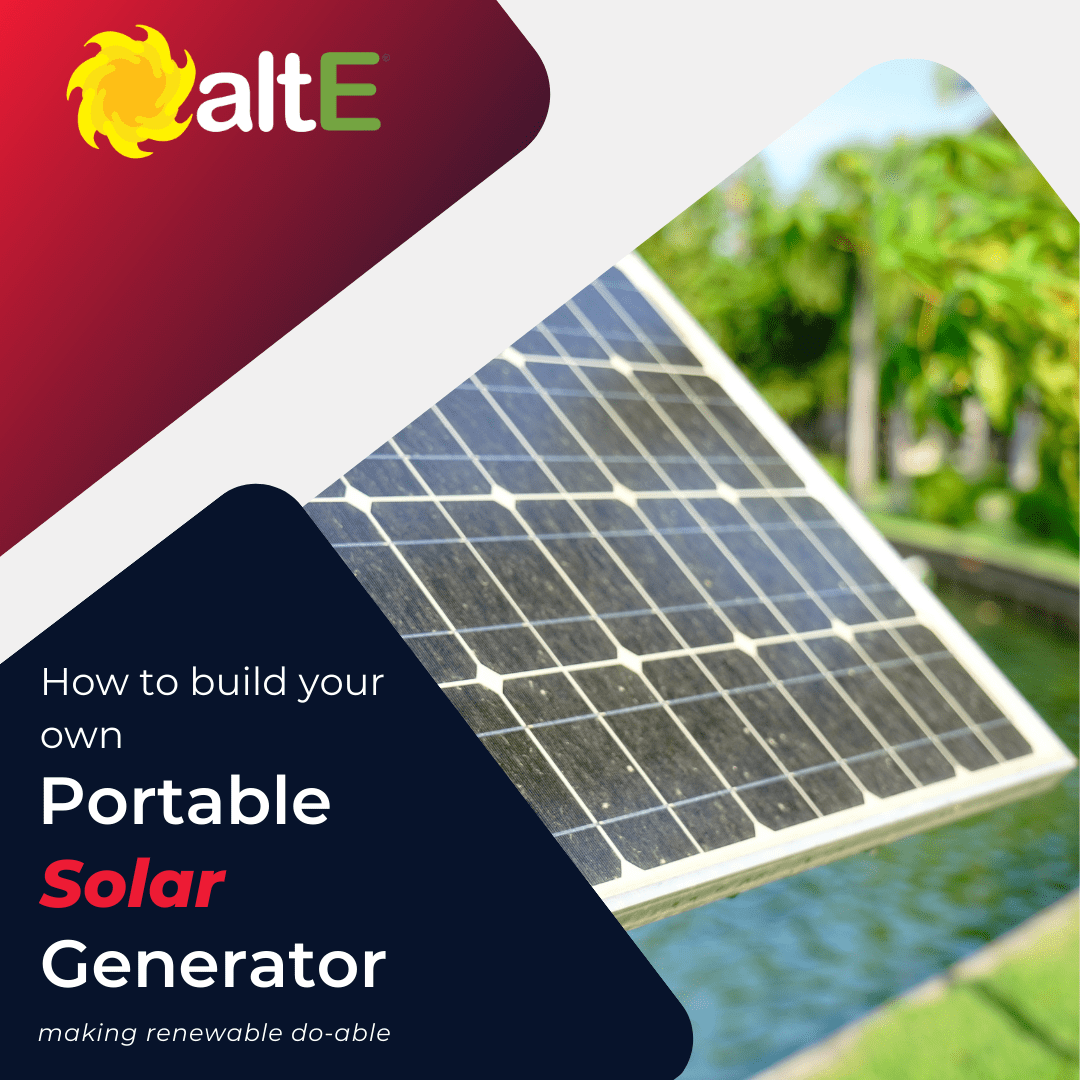
Backup Power, Batteries, Charge Controllers, DIY Solar Tips, Inverters, Off-Grid Solar, Solar Panels, Videos
Are you looking for an eco-friendly and cost-efficient way to power your electronics? Building your own portable solar generator is a great way to do just that! A portable power station is an extremely useful tool, allowing you to get energy from the sun and power your devices while camping, hunting or engaging in any other outdoor activities, as it serves as a backup source of power.
Be prepared for power outages with clean energy to run your household appliances. In this blog post, we’ll show you step-by-step how to design and build your very own portable solar generator.
What you’ll need
When building a portable solar generator, you need to consider what components you will need. A basic setup will include a solar panel, charge controller, inverter, and batteries. You’ll also need some wiring, connectors, and mounting hardware depending on the design you choose.
Solar panels are the main component for harvesting solar energy and converting it into usable electricity. To get the most out of your solar power portable generator, you will need to select a solar panel that has the right size, voltage, and wattage for your project.
The charge controller is an important part of your setup as it regulates the amount of current that enters the batteries from the solar panel. It also prevents overcharging or discharging of the batteries which can be damaging.
The inverter is used to convert the direct current (DC) produced by the solar panel into alternating current (AC) that can be used to power appliances and devices. Depending on the size of your setup, you may want to look into a sine wave inverter.
Finally, you’ll need to consider your battery setup. When looking at batteries, you’ll want to consider their type, capacity, and discharge rate. This is essential for ensuring that your portable solar power generator can provide enough power for all your needs.
The batteries
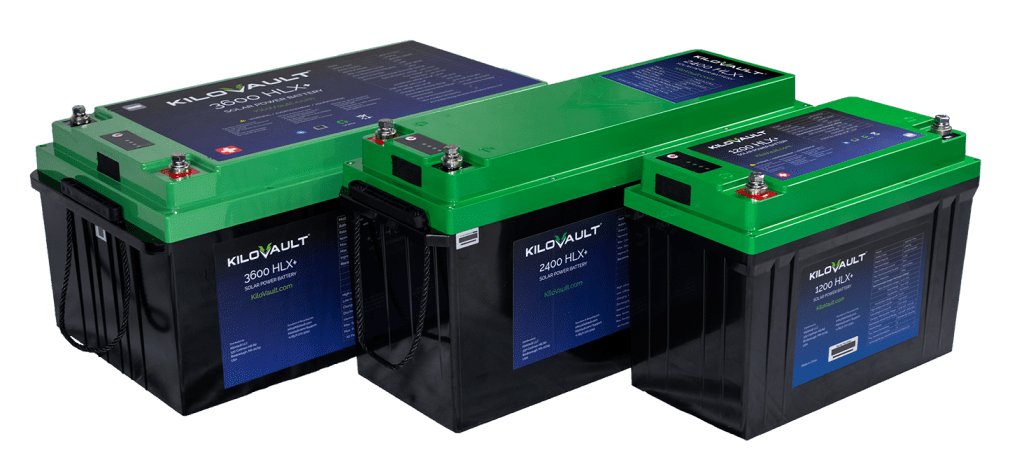
The most important component of any solar power portable generator is the batteries. You will need to choose the right type and size of batteries that fit your needs. Generally, you should use deep cycle batteries which are designed to hold a large amount of energy over time.
When selecting the size of the battery, you should consider the amount of power you want to store and how much power your solar generator portable will be producing. Make sure to buy batteries with a high quality rating, such as AGM or lithium, as these are more durable and can handle more power than cheaper options. Additionally, you should buy an AC battery charger in order to keep your batteries charged when the sun isn’t shining.
KiloVault Magazine provides an in depth solar batteries and is a great resource to learn more about batteries for your portable power station.
The solar panel
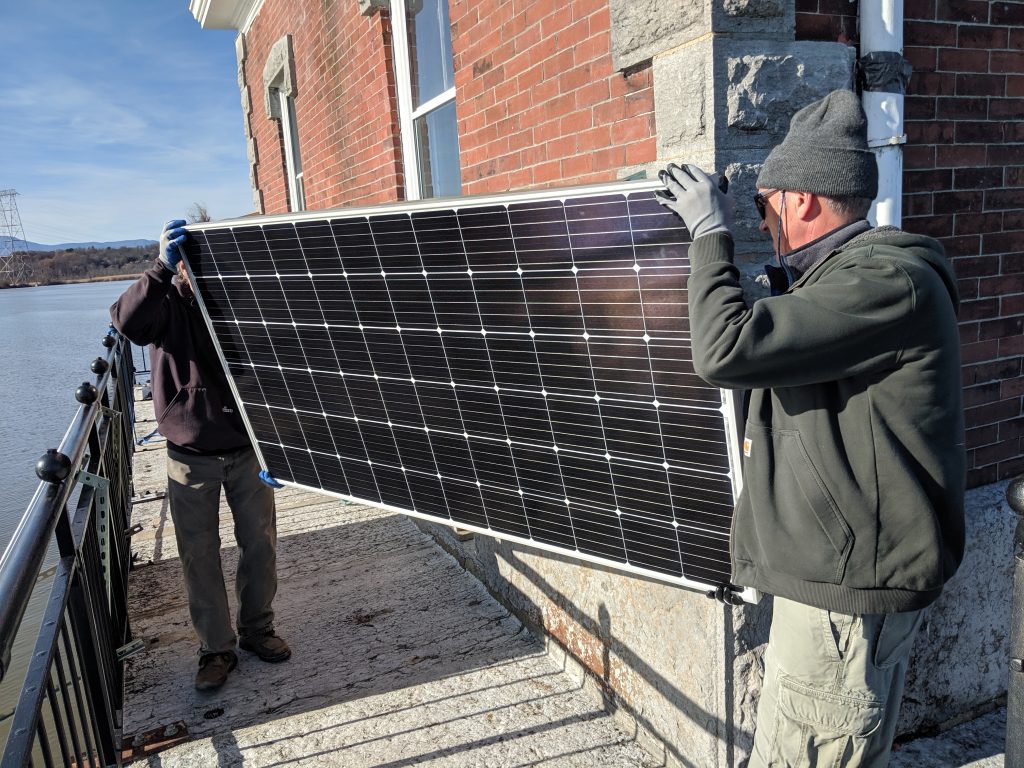
A key component of any portable solar generator is the solar panel. Solar panels are responsible for converting sunlight into electricity which can then be used to power your home appliances, tools, and other devices. In order to maximize the efficiency of your portable solar generator, you need to select the right solar panel for your needs. The size, type, and quality of solar panel you choose will all play a role in the effectiveness of your generator.
When selecting a solar panel for your portable solar generator, there are a few important things to consider. Firstly, determine the total wattage of your desired output by estimating the amount of power you will need to run your appliances. This will help you decide on the wattage rating of the solar panel you purchase.
Secondly, consider the size and weight of the panel, as this will determine how easy it is to transport and set up your portable solar generator. Lastly, make sure the solar panel you choose is capable of withstanding inclement weather and other environmental conditions.
Our Intro to Solar Panels video series is a great place to learn more.
The charge controller
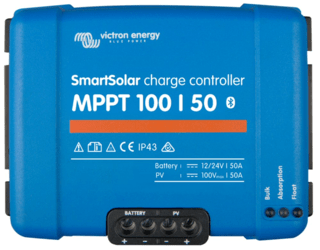
When building a portable solar generator, the charge controller is an essential component that needs to be included. This device helps regulate the flow of electricity from the solar panel to the battery and prevents overcharging or draining of the battery. Charge controllers can be purchased based on the wattage, current and voltage of your solar panel.
Many modern charge controllers come with built-in features such as low voltage protection, temperature compensation, and adjustable charging current settings. These features ensure optimal performance for your solar power portable generator and provide protection against power surges and other potential problems.
Learn more about charge controllers in our resource library.
The inverter
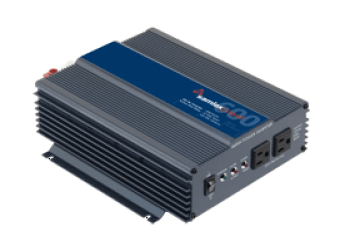
When it comes to building your own portable solar generator, one of the most important pieces of equipment you need is an inverter. An inverter is a device that converts direct current (DC) electricity from the batteries into alternating current (AC) electricity that can be used by appliances in your home. It is responsible for regulating the voltage and frequency of the AC electricity, so it is important to choose the right inverter for your system.
There are many different types of inverters available, ranging from basic models to ones that are more advanced and powerful. Generally, the more powerful the inverter, the more expensive it will be. It’s important to choose an inverter that will be able to handle the power output of your portable solar panel generator. You’ll want to go with an off grid inverter for your portable power system, and many come with built in AC outlets so you can plug your devices in without any additional wiring.
Other Parts
When constructing your own solar power portable generator, it is important to include all of the necessary components. In addition to the batteries, charge controller and inverter, there are other parts that will help you create a reliable and efficient solar powered generator.
You will need additional wiring, fuses, breakers and other balance of system parts. You will also need a mounting frame and hardware to securely mount the solar panel. Additionally, it is important to have an enclosure for the generator to protect it from the elements. With all of these parts, you will be able to create your own portable solar generator that can provide you with electricity whenever you need it.
If you need help selecting all the right parts for your system, a great place to start with with the off grid solar system sizing calculator. You can also submit a request for a free quote or give us a call at 877-878-4060 and we can help you select the right stuff.
Putting it all together
Once you have gathered all the components needed to build your portable solar generator, it is time to put them all together. Start by connecting the solar panel to the charge controller, ensuring that the positive and negative terminals are aligned correctly.
You should then connect the batteries to the charge controller, making sure that the terminals are also properly aligned. Then, connect the inverter to the battery, again ensuring that the positive and negative terminals are aligned correctly. Make sure that all your disconnects and over current protection are in the appropriate places.
Once all the components are connected, it’s time to test your solar power portable generator. Make sure that all the connections are secure and that everything is running smoothly.
Once you have tested your generator, you can enjoy all the benefits of solar energy whenever and wherever you go. With your new portable solar generator, you can now enjoy renewable energy while enjoying the great outdoors. Your solar powered generator will provide you with reliable, safe energy whenever you need it. Now that you have your own portable solar generator, you can take advantage of this abundant resource and make sure you never run out of energy!
